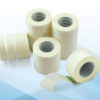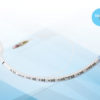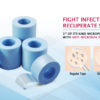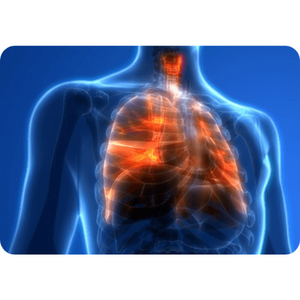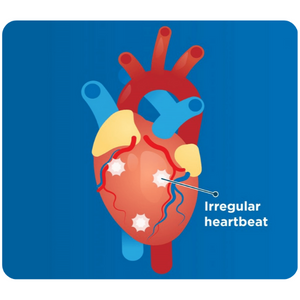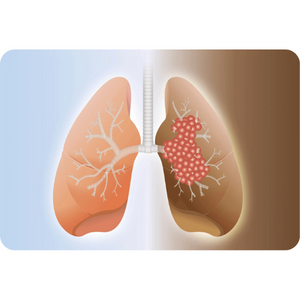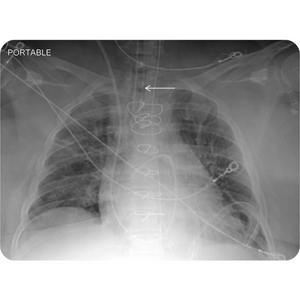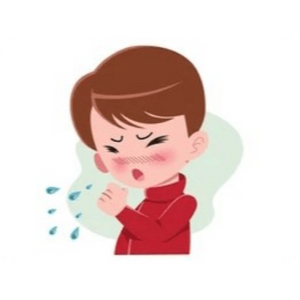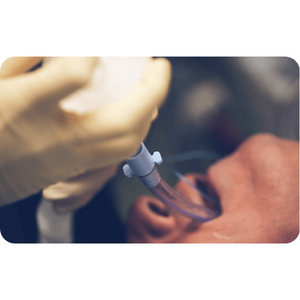
As healthcare professionals, it’s essential to ensure that medical procedures are performed safely and effectively to minimize patient risks and maximize positive outcomes. One procedure that requires particular attention is the placement and management of endotracheal tubes, which are commonly used for mechanical ventilation in critically ill patients.
Sterimed’s Reinforced Endotracheal Tube is a medical device made from non-toxic, non-irritant medical grade PVC, with a uniform spiral metal-reinforced tube wall that prevents kinking and supports proper tube position and verification during X-ray. It is E.T.O sterile and pyrogen-free for single patient use and features accurate and safe positioning ensured by graduation marks and a tip-to-tip radiopaque line, as well as a high volume / low-pressure cuff that ensures efficient low-pressure cuff seal (For cuffed tubes).
The proper placement and management of endotracheal tubes are critical to ensure that patients receive adequate ventilation, and complications such as pneumothorax, esophageal intubation, and hypoxemia are avoided. In this blog, we will discuss the importance of proper placement and management of endotracheal tubes and provide best practices for healthcare professionals, including the use of Sterimed’s Reinforced Endotracheal Tube.
Importance of Proper Placement of Endotracheal Tube
Proper placement of endotracheal tubes is essential to ensure that the tube is in the right location and that the patient receives adequate ventilation. Improper placement can lead to complications such as:
To ensure proper placement, healthcare professionals should follow best practices such as using

Monitoring the tube’s placement during ventilation
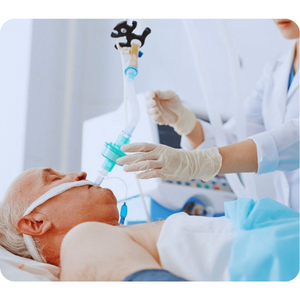
Assessing the patient’s response to ventilation
Sterimed’s Reinforced Endotracheal Tube is particularly useful in ensuring proper placement as it is designed to support tube position and verification during X-ray, and features graduation marks and a tip-to-tip radiopaque line for accurate and safe positioning.
Best Practices for Proper Management of Endotracheal Tube
Proper management of endotracheal tubes is equally important to ensure optimal patient outcomes. Healthcare professionals should monitor the tube’s position, assess cuff pressure to prevent air leaks and tracheal injury, and ensure that the tube is properly secured to prevent displacement. Frequent suctioning should be performed to prevent airway obstruction, and the patient’s level of sedation and analgesia should be monitored to avoid complications such as:
Sterimed’s Reinforced Endotracheal Tube is also useful in proper management as it features a high volume / low-pressure cuff that ensures efficient low-pressure cuff seal and prevents air leaks and tracheal injury.
Conclusion
In conclusion, proper placement and management of endotracheal tubes are essential procedures that require attention and best practices to ensure optimal patient outcomes. Healthcare professionals should follow guidelines such as using X-ray confirmation, monitoring the tube’s placement during ventilation, and assessing the patient’s response to ventilation. Proper management includes monitoring the tube’s position, cuff pressure, suctioning, securing the tube, and monitoring the patient’s level of sedation and analgesia. By incorporating the above best practices and using Sterimed’s Reinforced Endotracheal Tube, healthcare professionals can ensure optimal patient outcomes and avoid complications.
